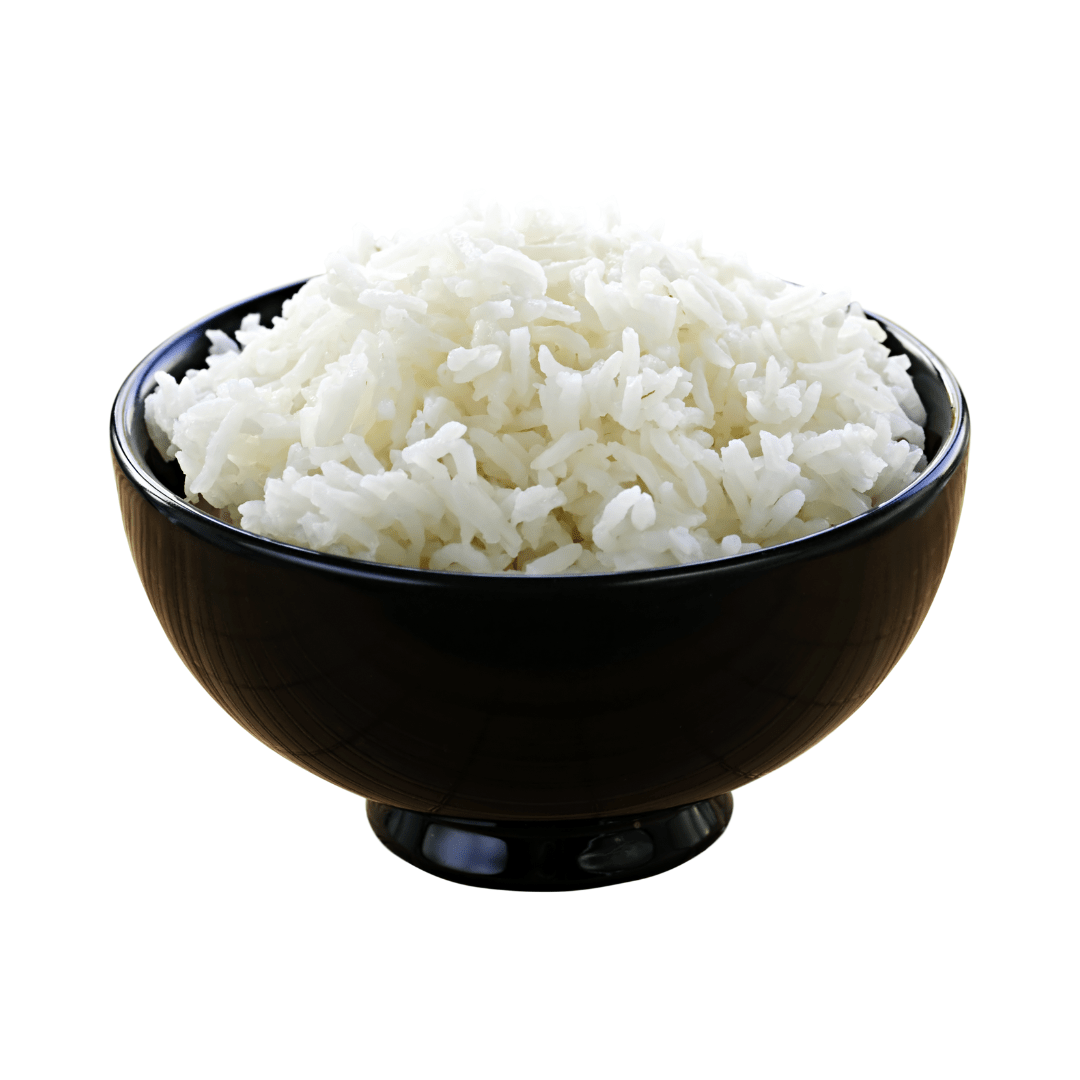
About
Wild rice, also known as Zizania aquatica or manoomin, is a type of grain that is native to North America. Unlike other types of rice, wild rice is not actually a member of the rice family. It is typically harvested from freshwater lakes and rivers and has a nutty, earthy flavor.
Health Benefits:
-
Rich in Antioxidants: Wild rice is a good source of antioxidants, which protect the body from free radicals that can cause cell damage and lead to chronic diseases.
-
High in Fiber: Wild rice is high in fiber, which can help improve digestion, regulate blood sugar levels, and reduce the risk of heart disease.
-
Good for Heart Health: Wild rice is low in fat and high in nutrients like potassium and magnesium, which can help lower blood pressure and reduce the risk of heart disease.
-
May Improve Brain Function: Wild rice is rich in vitamins and minerals that are important for brain health, including B vitamins, zinc, and iron.
-
Supports Immune System: Wild rice contains vitamin C, which is important for a healthy immune system, as well as other nutrients that support overall immune function.
Diseases that can be cured:
While there are no specific diseases that wild rice can cure, consuming wild rice as part of a healthy diet may help reduce the risk of chronic diseases like heart disease, diabetes, and certain types of cancer.
Nutrient Content of Wild Rice per 50-gram serving:
Energy and Macronutrient content of Wild rice per serving (50g)
| Nutrient | Amount per 50g serving |
|---|---|
| Calories | 86 |
| Carbohydrates | 18g |
| Protein | 3g |
| Fat | 0.5g |
| Fiber | 1.5g |
| Water | 28g |
The vitamin content of Wild rice per serving (50g)
| Nutrient | Amount per 50g serving |
|---|---|
| Vitamin A | 0mcg |
| Vitamin B1 (Thiamine) | 0.12mg |
| Vitamin B2 (Riboflavin) | 0.03mg |
| Vitamin B3 (Niacin) | 0.8mg |
| Vitamin B6 | 0.1mg |
| Vitamin B12 | 0mcg |
| Vitamin C | 0mg |
| Vitamin D | 0mcg |
| Vitamin E | 0.1mg |
| Vitamin K | 0mcg |
| Folate | 10mcg |
| Biotin | 1.5mcg |
Minerals content of Wild rice per serving (50g)
| Nutrient | Amount per 50g serving |
|---|---|
| Calcium | 3mg |
| Iron | 0.6mg |
| Iodine | 0mcg |
| Zinc | 0.5mg |
| Magnesium | 33mg |
| Phosphorus | 77mg |
| Potassium | 76mg |
| Sodium | 2mg |
| Chloride | 0mg |
| Copper | 0.1mg |
| Chromium | 0mcg |
| Fluoride | 0mcg |
| Molybdenum | 3mcg |
| Manganese | 0.5mg |
| Selenium | 3mcg |
What is wild rice?
Is wild rice gluten-free?
Yes, wild rice is gluten-free and can be consumed by people with gluten intolerance or celiac disease.
How do I cook wild rice?
Rinse the wild rice in cold water and drain it. Then, cook it in boiling water for 45-50 minutes or until the rice is tender.
What are the health benefits of wild rice?
Wild rice is a good source of protein, fiber, vitamins, and minerals. It can help with digestion, weight management, and maintaining healthy blood sugar levels.
Can I mix wild rice with other grains?
- Yes, wild rice can be mixed with other grains such as brown rice or quinoa to create a unique blend of flavors and textures.
Is wild rice expensive?
Wild rice can be more expensive than other types of rice due to its unique flavor and harvesting process.
Where can I buy wild rice?
You can find wild rice in most grocery stores or online retailers that sell grains.
Can I use wild rice in soups and stews?
Yes, wild rice can be used in soups, stews, and other dishes to add flavor and texture.
What is the difference between wild rice and brown rice?
Wild rice is not actually a type of rice but rather a type of grain. Brown rice is a type of rice that is high in fiber and nutrients.
How long does wild rice last?
Wild rice can last up to 6 months if stored in an airtight container in a cool, dry place.
Can I eat raw wild rice?
No, wild rice must be cooked before consumption.
Is wild rice good for weight loss?
Yes, wild rice is a low-calorie, high-fiber food that can aid in weight loss.
How many calories are in wild rice?
One cup of cooked wild rice contains about 166 calories.
-
Is wild rice suitable for vegans? Answer: Yes, wild rice is a vegan-friendly food.
-
How can I incorporate wild rice into my diet? Answer: You can use wild rice in a variety of dishes such as salads, soups, casseroles, and stuffing.
-
What does wild rice taste like? Answer: Wild rice has a nutty flavor and chewy texture.
-
What is the best way to store wild rice? Answer: Store wild rice in an airtight container in a cool, dry place.
-
Can wild rice be frozen? Answer: Yes, wild rice can be frozen for up to 6 months.
-
What is the cooking ratio for wild rice? Answer: The general ratio for cooking wild rice is 1:3 (1 cup of rice to 3 cups of water).
-
Is wild rice a good source of protein? Answer: Yes, wild rice is a good source of plant-based protein, containing about 6.5 grams of protein per cup of cooked rice.








